Women have had a profound impact on India’s architectural landscape throughout history. Their inventiveness and creativity are evident in the timeless structures that bear tribute to their heritage. These magnificent buildings—which range from towering tombs to hallowed temples—bear the mark of women visionaries who broke with tradition and changed the course of history.
Continue reading to learn about the historical monuments built by remarkable women.
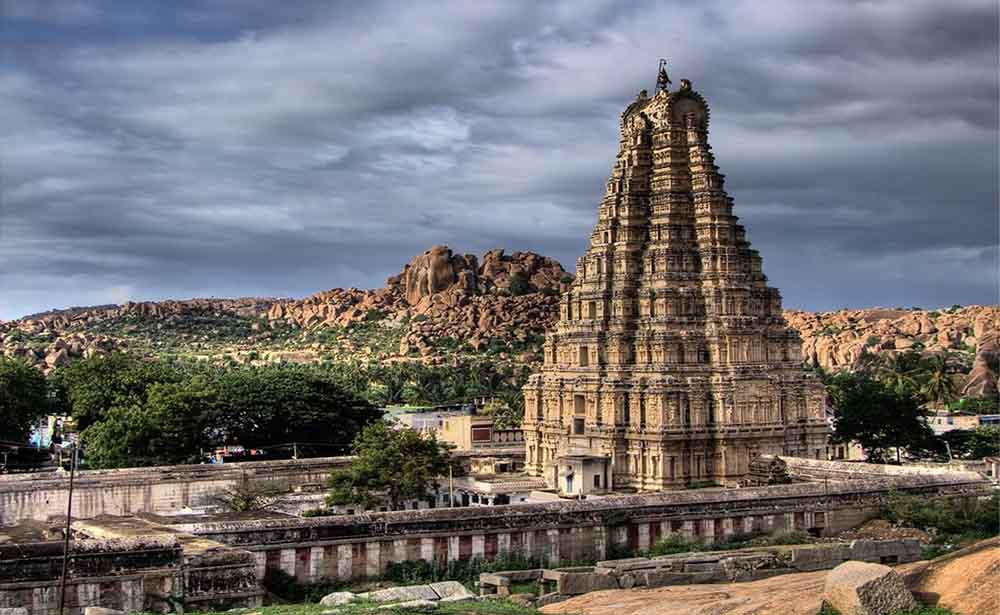
Virupaksha Temple, Pattadakal, Karnataka
A cluster of temples in northern Karnataka along the Malaprabha River are considered to be the best examples of Chalukyan temple construction. But among these rock-cut buildings recognised by UNESCO as World Heritage Sites, Queen Lokamahadevi’s Virupaksha Temple stands out. This sacred structure was commissioned by the Queen to commemorate her husband Vikramaditya’s (II) triumph over the Pallavas. She hired sculptors from Kanchi, the Pallava capital, and temple construction was completed around 740 AD. At the entrance stands a massive statue of Nandi, flanked by exquisite sculptures of gods like Nataraja and Ravananugraha, as well as stories sculpted from the Ramayana and Mahabharata.
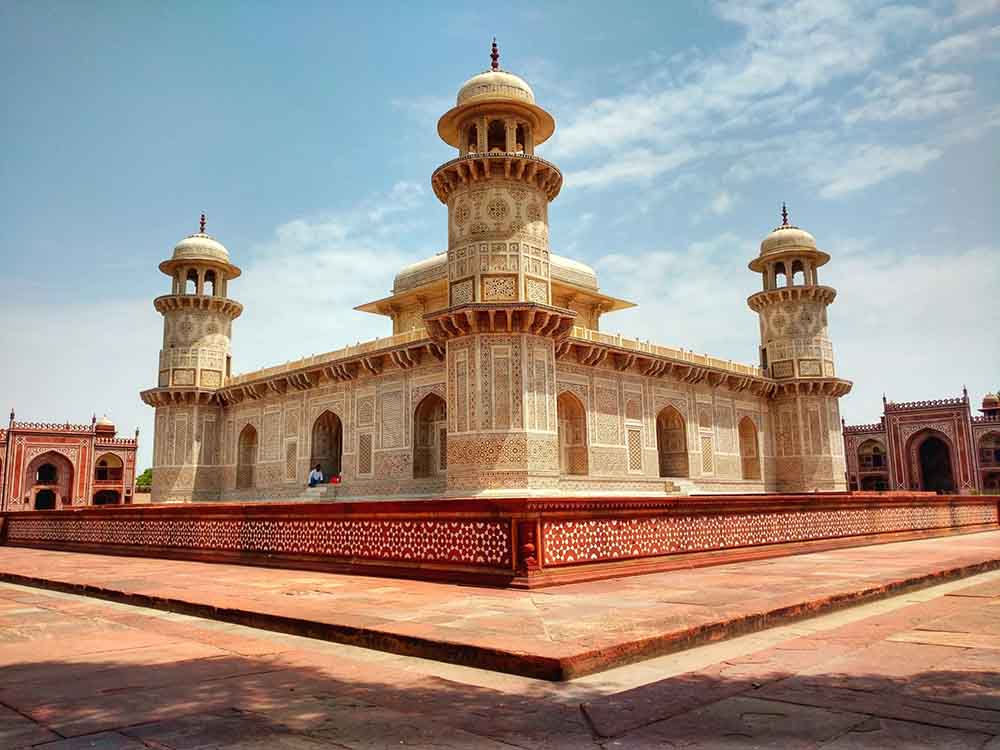
Itimad-ud-Daulah, Agra, Uttar Pradesh
The declaration of a daughter’s love and devotion for her father existed much before the grand romantic gesture that the Taj Mahal is symbolic of. The Mughal Empress Nur Jahan, the wife of Emperor Jahangir, constructed the mausoleum in fond memory of her father, Mirza Ghiyas Beg. Akbar gave Mirza the title Itimad-ud-Daulah, and during Jahangir’s rule, he attained the rank of wazir.
It took Nur Jahan seven years after his death, from 1622 to 1628 AD to have one of Agra’s most exquisite-looking buildings built in his honour. The main mausoleum is led by a Persian-style garden. Inside, the tomb is encased in cool white marble with elaborate jaali-work that still creates patterns of sunlight across the floor. With craftsmanship that is supposed to have influenced even the Taj Mahal, which was later constructed by her stepson, Emperor Shah Jahan, it became the first monument in India to be created entirely of marble.
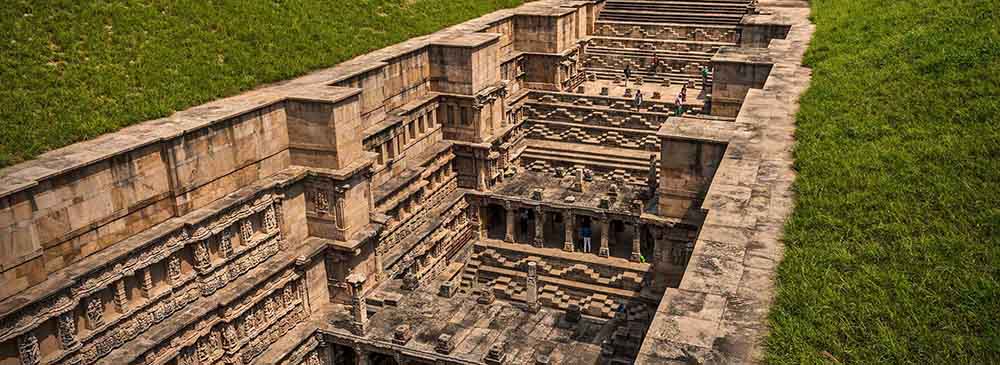
Rani ki Vav, Patan, Gujarat
In memory of her husband, King Bhimdev I, Queen Udayamati constructed Rani ki Vav on the banks of the Saraswati River during the 11th century at Patan, Gujarat. It was intended to be an underground shrine or upside-down temple commemorating the sacredness of water. The exquisite stepwell serves as an example of the Maru-Gurjara architectural style’s artistry. Around the 30 metre-deep well, it is divided into seven levels of stairs with sculptural panels of high artistic quality; more than 500 principal sculptures and over 1,000 minor ones combine religious, mythological and secular imagery.
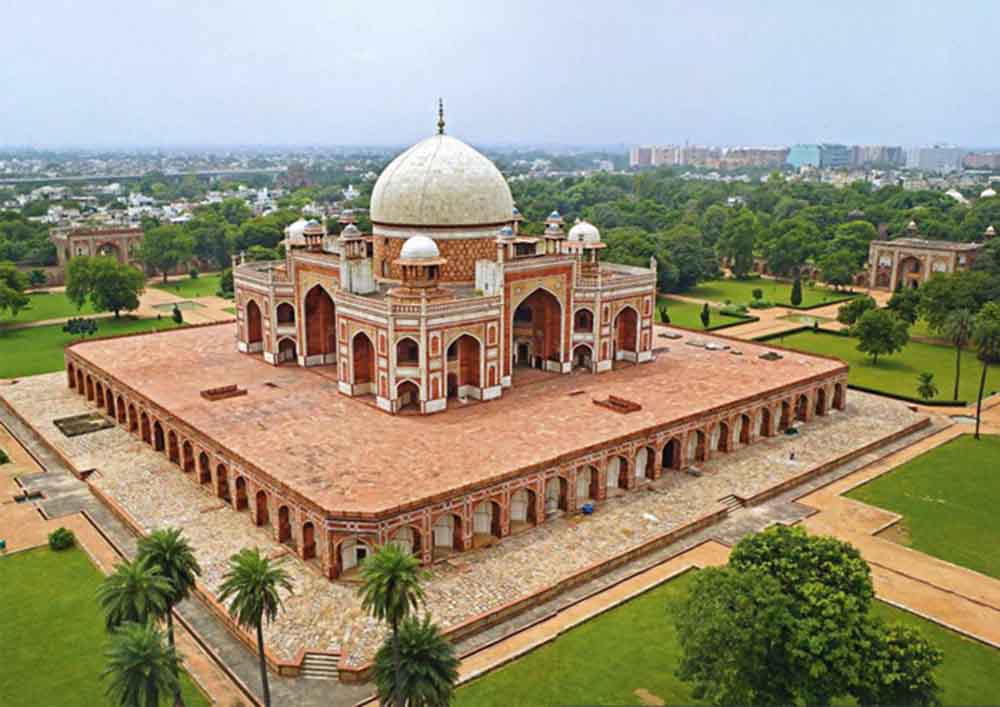
Humayun’s Tomb, Delhi
This exquisite monument was commissioned in commemoration of the late Mughal emperor Humayun by his mourning widow, Hamida Banu Begum. Mīrak Mīrzā Ghiyās, a Persian architect, created it, and its opulence reflects her deep love and respect for her husband.
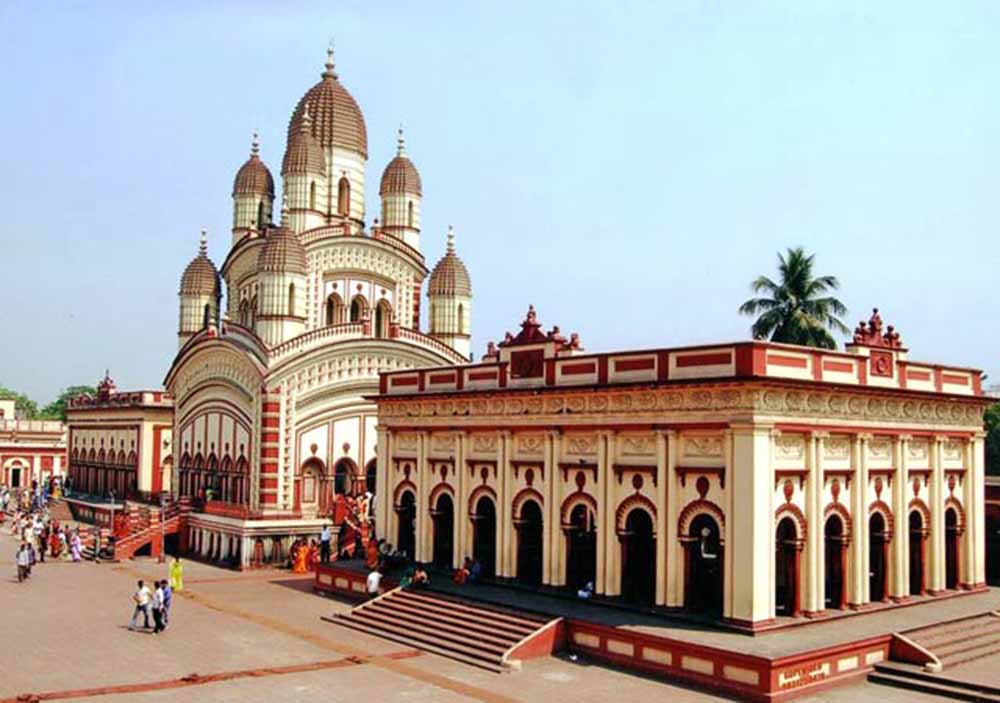
Dakshineshwar Kali Temple, Kolkata, West Bengal
Even if she was not a queen, Rani Rashmoni was a leader. The philanthropist, who was born into a family of fishermen, gained popularity among Bengal’s common people for her support of the fight against child marriage, sati, and polygamy, in addition to opposing the fishing tax imposed by the East India Company.
This woman was the inspiration behind Dakshineshwar’s Kali Temple. She bought 20 acres of land in 1857 and despite of opposition from Brahmin priests against a Shudra woman constructing a sacred place, erected a two-storied building with nine spires in the style of the Bengal School of Architecture. The shrine had an idol of Bhavatarini, identified as a manifestation of goddess Kali. The temple’s senior priest was the sage and reformer Ramakrishna Paramahansa.
Taj-ul-Masajid, Bhopal, Madhya Pradesh
One of the impressive structures constructed by the Begums of Bhopal is the Taj-ul-Masajid. These Begums were a dynasty of four women who governed from 1819 to 1926 and were renowned for being trailblazers in the political and social reform domains. The Taj-ul-Masajid is also known as the ‘crown among mosques’ and is the largest mosque in India. Allah Rakha Khan was hired by Begum Shah Jahan, who, during her rule, constructed a number of palaces, temples, and mosques. However, following her death in 1901, work halted temporarily, only to be continued by her daughter Sultan Jahan Begum. The Begum’s dream for the mosque was eventually realised in 1985.
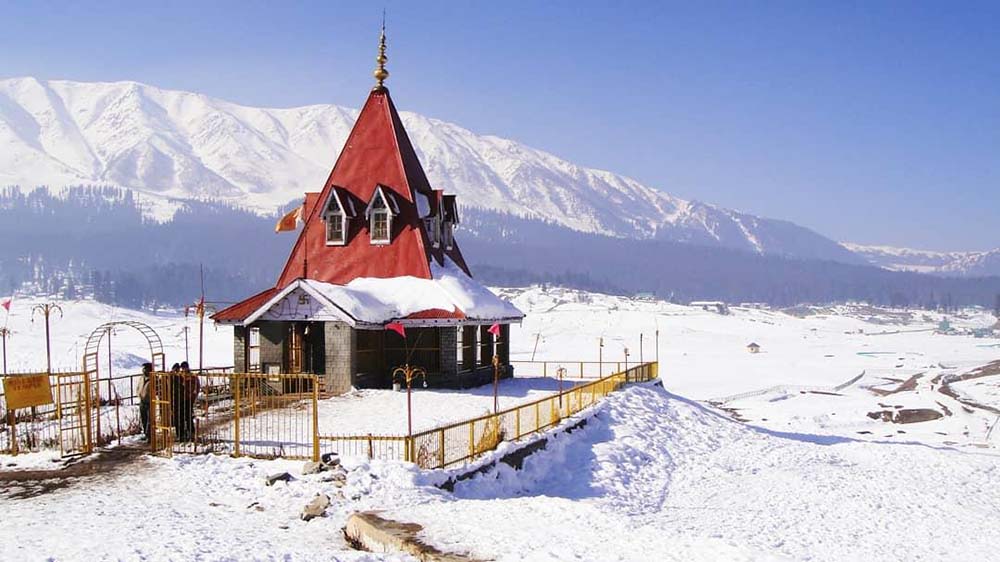
Maharani Shankar Temple, Gulmarg, Jammu & Kashmir
Mohini Bai Sisodia, the wife of Maharaja Hari Singh (Dogra dynasty), constructed this red-roofed shrine in 1915 amid the scenic Gulmarg meadows. Mohineshwar Shivalalaya is another name for the Shiva temple. Situated atop a mound surrounded by snow-covered peaks, it is visible from all corners of the town.
Image source: Gujarat tourism, India piligrim tours, Golden triangle tour, Tree of life, Epiconic travel